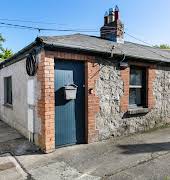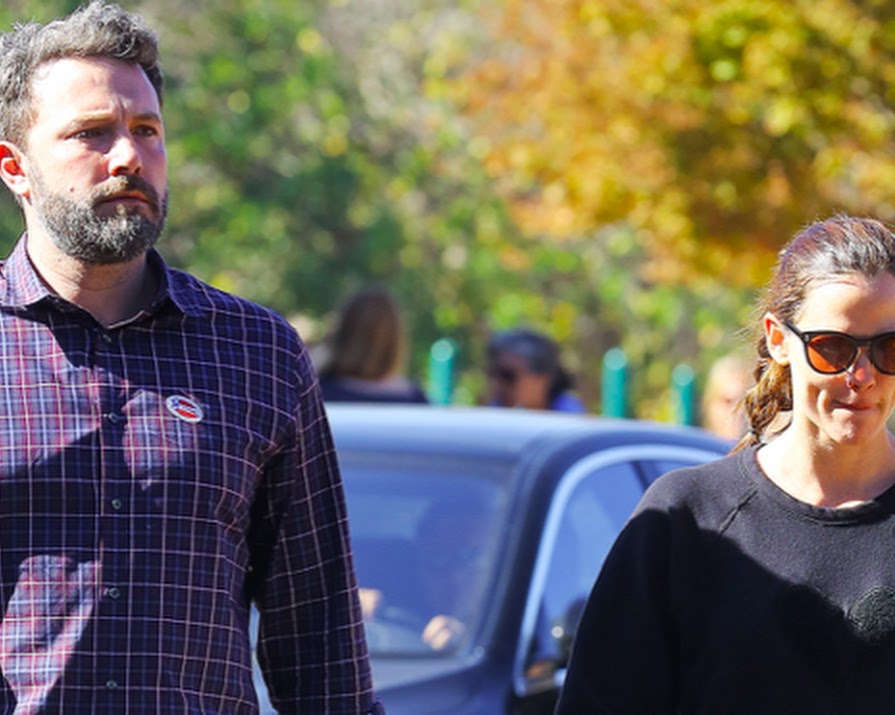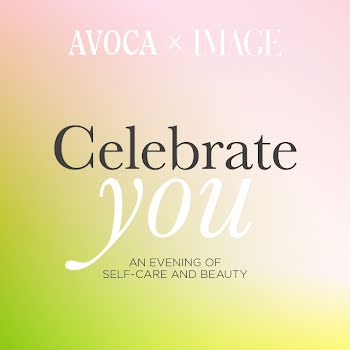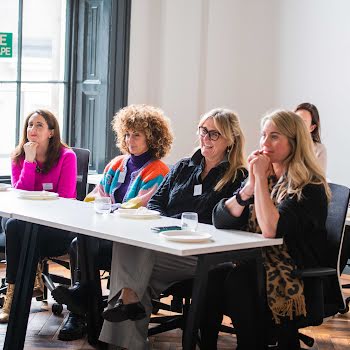
I recognised the look on Jennifer Garner’s face as she brought Ben Affleck to get help. Again.
By Amanda Cassidy
25th Aug 2018
25th Aug 2018
There is nothing wrong with recovery programmes selling hope – that is what is at the heart of an effective path to recovery for patients and their families. But what is due to them, and what they too often don’t get, is combining that hope with the most effective treatments. Amanda Cassidy looks at what happens when addiction treatment centres put profits before people.
The pictures of actress Jennifer Garner driving her ex-husband, Ben Affleck to a rehab centre after reportedly staging an intervention offered us a glimpse into some of the more sinister parts of life in the spotlight. The couple, who separated in 2016, were snapped in the car together as they arrived at the exclusive The Canyon live-in rehab facility in Malibu for addiction treatment. Checking into addiction treatment centres is almost a rite of passage for some in the celebrity world – an act of contrition with a well-worn path to expensive and ostentatious ‘private clinics.’ These facilities also offer additional services to the medical and psychological side of addiction, including drum therapy, Olympic swimming pools, yoga and equine therapy.

Big business
Treatment in places like these could set you back around $15,000 per week. The concern is that many of these centres are unregulated, with questionable statistics when it comes to the success rates of recovery. There is still so much we don’t know about substance abuse and alcohol addiction – except at least, how to turn it into a very lucrative business.
I know this because I have been the Jennifer Garner in the situation too many times to count. Someone in my life had an active alcohol addiction.
I would have done anything to help her get better, including shell out thousands of euro for expensive treatment. But the main issue is that you don’t know what you are getting for your money. Nobody knows. And the potential for desperate family members to be exploited financially by their hope is great.

A dose of reality
But although celebrity clients may offer publicity for highfalutin clinics like The Canyon, their patronage is not any guarantee of quality care. One such ‘retreat’ in the UK that cost up to 10,000 pounds a week was closed down by the British Health Regulator in 2012, for running an unregistered service that would ‘shame a third world country’ according to the judge in the case.
The sensitive nature of addiction means that the entire purchase of a service like this is based on good faith, desperation and hope. Of course, there are many wonderful institutions like this out there that have changed the lives of many – but my experiences have been mixed. Many of the treatment centres have their own programmes when it comes to helping an in-patient who abuses drugs or alcohol, but the gist is pretty similar. Addiction thrives on being hidden, denied and kept in the shadows. Treatment centres help to shine a light on the reasons behind why someone may have become an addict. This is through one-on-one councilling, shared therapy sessions with others who have had similar behavioural patterns, mindfulness, introspection and of course, family day – where loved ones can come and get support while examining the damaging impact addiction can have on other lives. Not the cheeriest of ways to spend Sunday afternoons.
A vulnerable time
Loving an addict takes an emotional toll that is understandable only to those who have been through it. When it is a parent, it is even more unnatural.
The cycle of hope and despair is endless. The lack of services is another issue, but when you finally achieve the unachievable – convincing that person to check themselves into a place with experts in this sort of thing – you want to believe everything they tell you. To imagine that it is a sales pitch is pretty devastating.
Of course, treatment is expensive, but with no legislation currently in place to regulate private addiction treatment services, centres are free to operate without permission or supervision from the Department of Health or the HSE. This, in such a vulnerable field, is quite disturbing.
The business of recovery is now booming in the US. In Ireland, only has a handful of such centres exist, for now. The majority of recovery centres that I experienced with my loved one seemed to have very high standards, but a couple of those I attended did seem wishy-washy and money focused and those in a similar position should tread carefully.

‘Save me, please’
But the part that is the most heartbreaking is seeing that ‘save me’ look in the addict’s eyes when they finally get to these centres. As family members, we are of course desperate to help, but for the person with the problem, they are drowning in despair, self-loathing and fear. Their secret is out and they have never been so vulnerable. We’ve begged them to trust us, to trust in whatever centre you find yourself in. To bring them to such a place and to reassure them that this is the place that will help them to recover is some promise. It is a promise I have made many, many times. Unfortunately, it hasn’t yet come to pass. And while I acknowledge that it isn’t always a reflection on the centre, it is all the more reason to tighten up the regulation in this area.
Rehab is incredibly intensive – but so is an addiction. Paying thousands of euro for medical treatment based purely on the anecdotal evidence of its so-called success, or because it is set on 60 acres of coastline, warrants analysis.
The harsh reality of addiction transcends celebrity. Despite her fame, wealth and connections, I recognised that look on Jennifer Garner’s face as she drove the father of her children to get help. It is fierce determination layered on top of frustration and anger, layered on top of heartbreak, sadness and fear. It is the look of anyone who has ever had to rescue someone they cared about. That’s why we need to make sure that the haven we gravitate towards, in this situation, needs to operate on an awful lot more than just the profits.
























